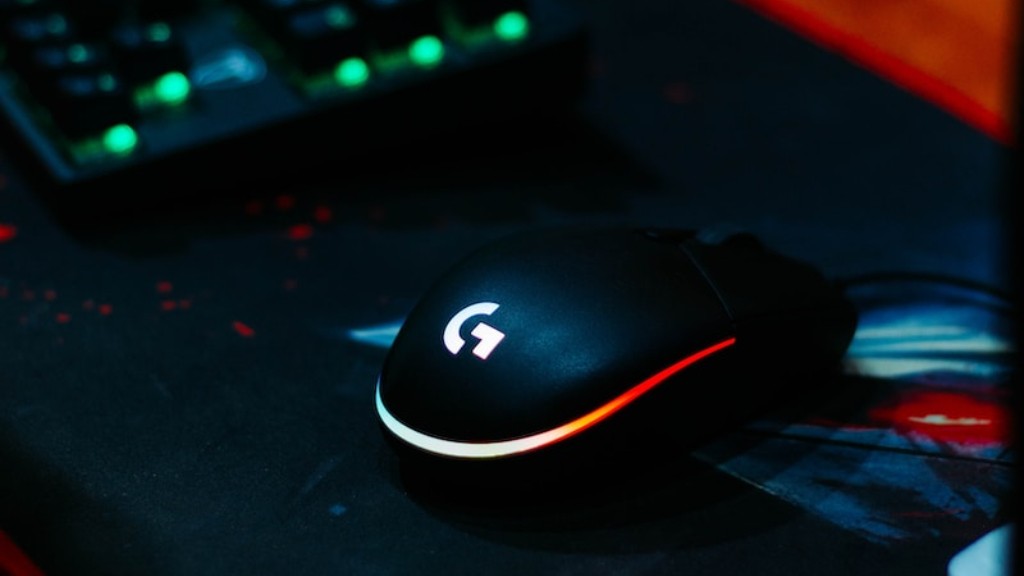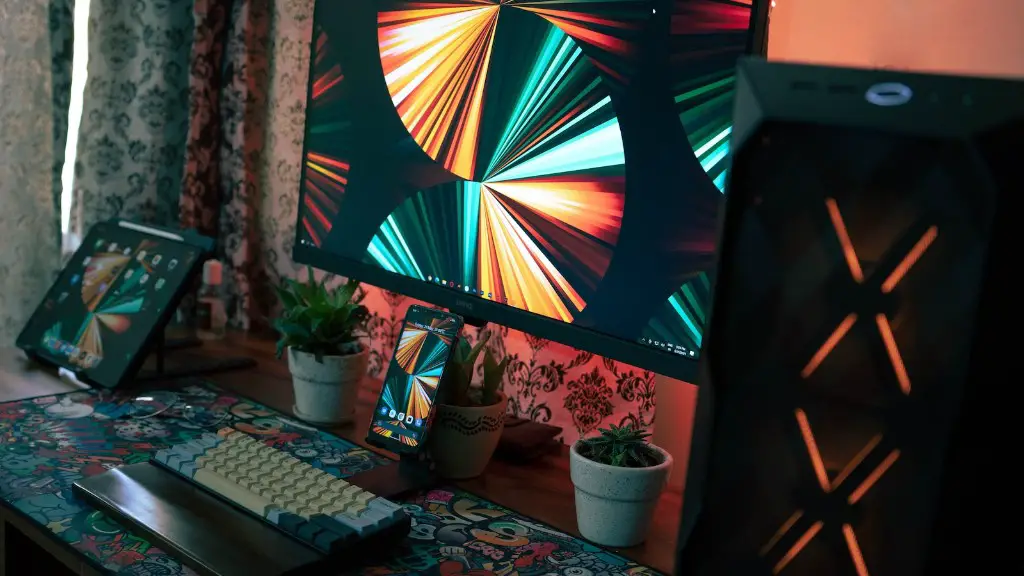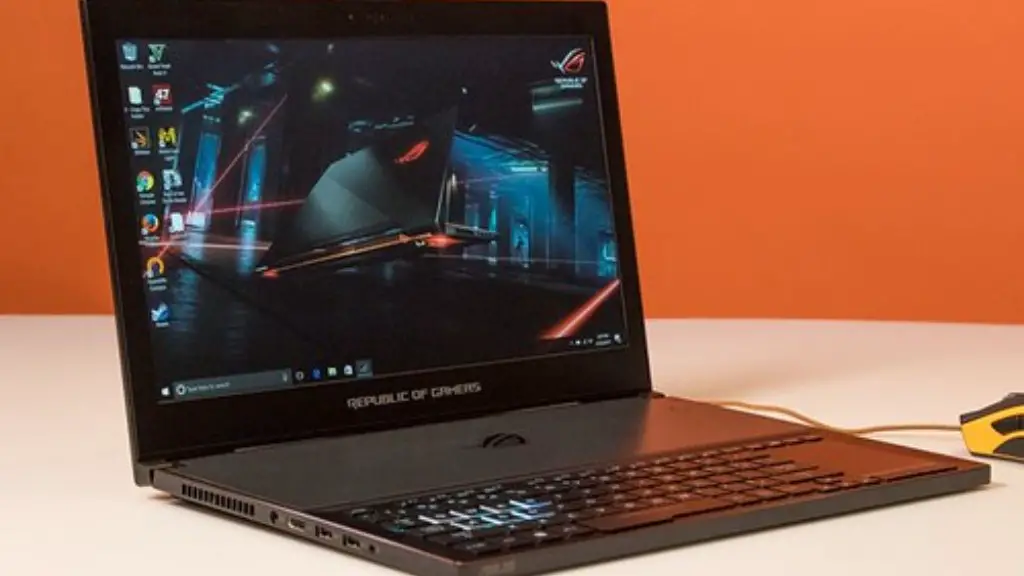When deciding to purchase a gaming monitor, it’s important to know what specs to look for to maximize your gaming experience. Here are some top things to consider when buying a gaming monitor.
Firstly, refresh rate is crucial. An ideal gaming monitor needs to have a minimum refresh rate of 60 Hz and ideally should have 120 or 144 Hz for a smoother gaming experience. A high refresh rate will improve the responsiveness when playing competitive games.
Secondly, size matters. It’s best to get a monitor that’s at least 21 inches, as that will provide you with more detailed visuals and give you an edge during gaming. A larger monitor will provide more space to enjoy more games.
Thirdly, Response Time is also very important. Measured in milliseconds (ms), response time dictates how quickly the pixels can change color. For gaming, you’ll want to look for a monitor with 5ms or lower response time.
Fourthly, ensure that your monitor has high contrast rates. This is the ratio between the brightest whites and the darkest blacks that a monitor can display. You’ll want to look for at least 1,000:1 contrast ratio, as this will give you the most accurate and vibrant colors.
Fifthly, make sure the monitor is compatible with the latest connectors. Your gaming monitor should have a range of inputs such as HDMI, DisplayPort, and DVI. You’ll also want to ensure it comes with built-in speakers or an audio output.
Finally, consider the resolution and price. Higher resolutions will give you better visuals and a more immersive experience. However, higher resolutions will increase the cost, with 4K monitors typically being the most expensive.
Screen Panel Types
When it comes to buying a gaming monitor, one of the most important specs to consider is what type of panel the monitor has. The two most common panel types are TN (Twisted Nematic) and IPS (In-Plane Switching). TN monitors generally have the fastest response times, while IPS monitors typically have the best viewing angles and color accuracy.
TN panels are often more affordable and they have faster response times, although they do have a limited viewing angle. IPS panels have better color accuracy and viewing angles, but they have slower response times. As a result, these monitors are usually better for gaming at higher resolutions.
The third type of panel is VA (Vertical Alignment). While it can be harder to find and more expensive, this type of panel has the best combination of color accuracy, viewing angles, and response times. As a result, it can provide the best overall experience for casual and competitive gamers alike.
It’s also important to remember that certain panel types are more prone to ghosting, which can make the visuals blurry. IPS and VA panels usually have the least amount of ghosting, while TN panels may have more ghosting at higher refresh rates.
Finally, it’s important to consider any additional features that the gaming monitor may have. For example, some gaming monitors have built-in LED lights or even come with adjustable stands. If you’re looking for the ultimate gaming experience, make sure you factor in the cost of these features as well.
Input Lag
Another important spec to look for when buying a gaming monitor is input lag. Input lag is how long it takes for the signal from your computer to travel to the display. If the input lag is too high, it can result in a laggy and unresponsive gaming experience.
It’s important to keep in mind that input lag can vary depending on the monitor and the settings that you’re using. In general, TN panels have the lowest input lag while IPS and VA panels can have slightly higher lag times. It’s also important to ensure that you’re using the right cables and that the monitor is set to the right settings.
In addition, some gaming monitors have features such as a “Gaming Mode” or even their own dedicated processors that are designed to reduce input lag. However, it’s important to keep in mind that these features may come at the cost of color accuracy or other features.
Finally, it’s important to take a look at the specifics of the monitor’s specifications. Many companies will list the input lag in their specs and this can help you get an idea of which monitor will work best for your needs.
Adaptive Sync
One of the latest technologies that many gaming monitors are now offering is Adaptive Sync. Adaptive Sync is a variable refresh rate (VRR) technology that helps to eliminate screen tearing and stuttering.
Adaptive Sync works by dynamically adjusting the refresh rate of the display to match the fps of the game. This eliminates any issues with stuttering or tearing and provides a smooth gaming experience. It’s important to keep in mind that this feature is only available with certain types of monitors, such as those with AMD FreeSync or NVIDIA G-Sync.
Furthermore, some monitors will have different levels of Adaptive Sync support. For example, some monitors may only have a limited range of refresh rates, or their support may be restricted to a certain range of inputs. It’s important to check the specs carefully to make sure that the monitor has the features you need.
Finally, it’s important to keep in mind that Adaptive Sync can reduce input lag. This can be beneficial for competitive gamers as it can provide an edge in fast-paced games. However, for casual gamers, this may not be as important.
G-Sync / FreeSync
The two main technologies when it comes to Adaptive Sync are NVIDIA G-Sync and AMD FreeSync. Both technologies enable variable refresh rate (VRR) support and can eliminate stuttering and tearing.
G-Sync is a proprietary technology developed by NVIDIA that can be found in many gaming monitors. It’s available on select NVIDIA GPUs and can be used to synchronize the display to the FPS of the game. G-Sync monitors also typically have lower input lag and they come with additional features such as ULMB (Ultra Low Motion Blur) and advanced backlight strobing.
AMD FreeSync is the open-source alternative to G-Sync and is available on many gaming monitors. FreeSync can help to reduce stuttering and tearing and is available on select AMD GPUs. However, AMD FreeSync monitors may have slightly higher input lag than G-Sync monitors.
In addition, some monitors are also now offering a combination of both technologies, as well as support for other technologies such as HDMI VRR. This can be beneficial for users who have multiple types of GPUs, as it allows them to use both G-Sync and FreeSync.
Finally, it’s important to take a look at the specific model of the monitor that you want to purchase. Some models are certified to offer true G-Sync or FreeSync compatibility, while others may offer only limited compatibility.




